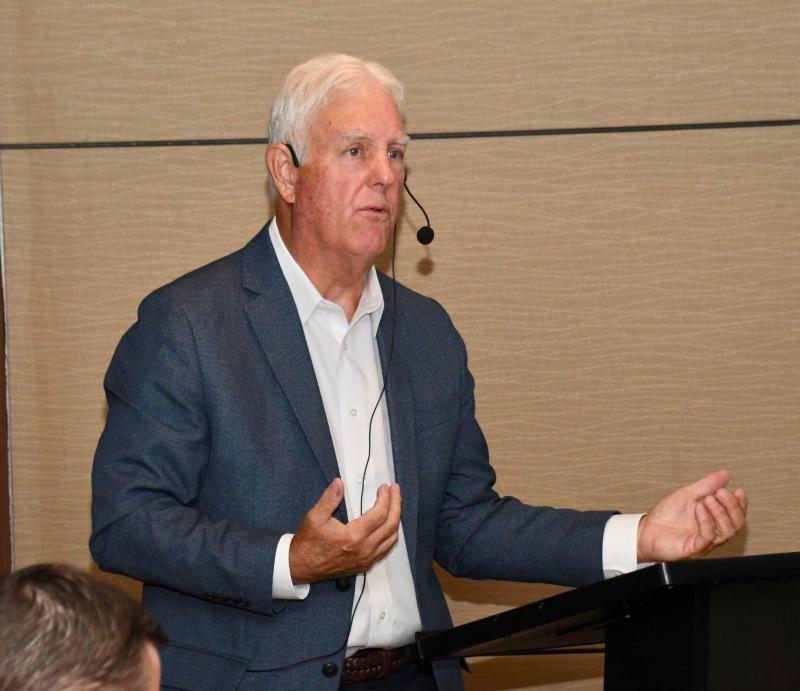The American Heart Association and American Stroke Association partnered with Beebe Healthcare to bring the first statewide Stroke Summit Sept. 10 at Fairfield Inn near Rehoboth Beach.
The summit featured a series of presenters to educate and inform residents and medical personnel about risk factors of stroke; the warning signs of stroke; the latest information on prevention, treatment and care; the latest advances in research and more.
Heart disease is the No. 1 cause of death in the U.S., claiming more lives than all forms of cancer combined. Stroke is the No. 5 cause of death in the U.S., and the No. 3 cause of death in Delaware.
Charles Mowll, a retired healthcare executive who wrote the book, “Five Disciplines of Zero Patient Harm,” told his survival story after suffering a stroke.
He said time is one of the most critical elements in treating a stroke, and he was in the CAT scan in the Beebe Healthcare emergency room in less than 15 minutes. “Stroke care is about time, and time is about the brain. Beebe exceeded its primary stroke performance,” he said.
Dr. Kate Smith, program manager at Delaware Academy of Medicine/Delaware Public Health Association, used statistics to explain the impact of stroke. She said someone suffers a stroke every 40 seconds and someone dies every three-and-a-half minutes in the U.S. She said in Delaware the number of people having strokes is higher than in neighboring states states.
More than 795,000 U.S. residents will suffer a stroke each year. The estimated annual cost of stroke is $53 billion in healthcare services, medicine and missed worked days.
The top risk factors include diabetes, obesity, hypertension and high cholesterol.
Smith said the No. 1 risk factor, hypertension, or high blood pressure, is also the No. 1 modifiable factor, which can be controlled by diet, medication and exercise. The other risk factors are also preventable or manageable using the same three regimens.
“When we move, our blood moves. Getting out and moving decreases the risk of stroke,” she said.
The top behavioral risk factors include smoking, sedentary lifestyles, unhealthy diet and air pollution.



















































